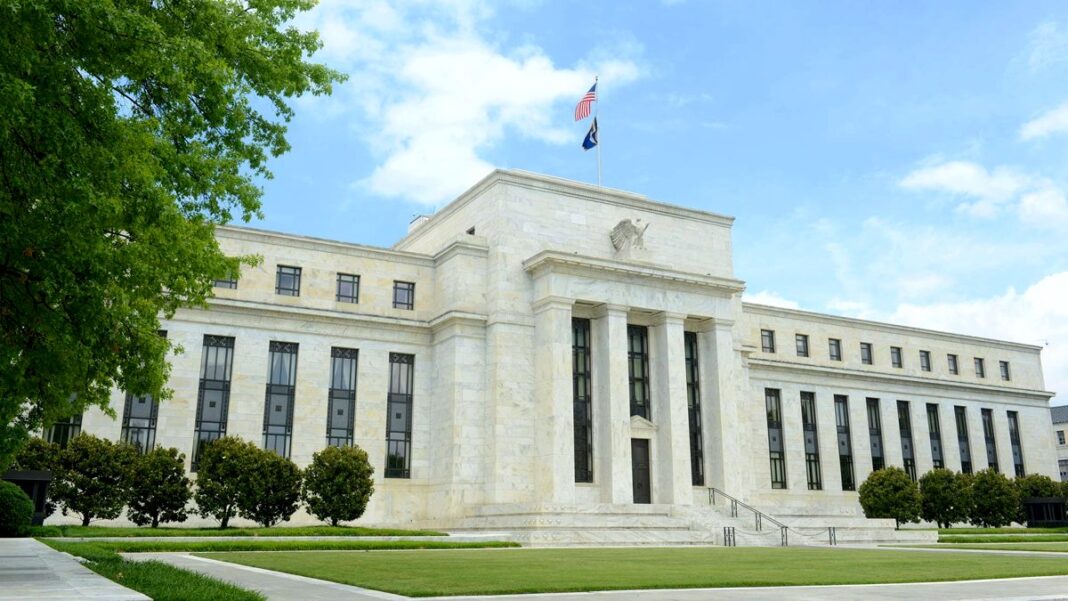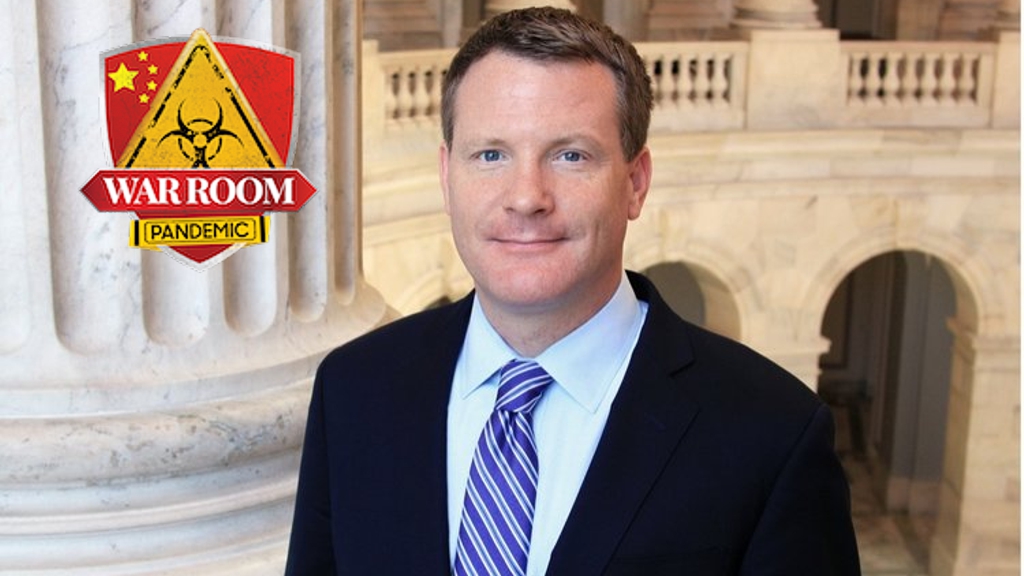With each monetary manipulation, the Fed digs itself – and the nation – deeper into a hole
Following the 2008 global financial crisis, the Federal Reserve created trillions of dollars to ease financial conditions and keep banks afloat. Many economists predicted record inflation would result. But Fed Chairman Ben Bernanke pulled an ace out of his sleeve. He paid banks to park much of that money at the Fed and limit its inflationary effects.
That victory was evanescent, and now the bill is coming due for the Fed’s quarantining almost $6 trillion to keep a lid on inflation.
The multitrillion-dollar corner that the Fed painted itself into is a now costing $275 billion annually, more than the Treasury spent on all veterans’ benefits and services last fiscal year. And it’s going to get worse.
Paying interest on reserves “sterilized” the money because any cash kept at the Fed was not being lent out by banks, and therefore wasn’t multiplying as it normally would through fractional reserve banking. But the inflationary pressure from Congress’ deficit spending has put the Bernanke model of sterilizing money on steroids.
In the spring of 2021, the Fed began ratcheting up its reverse repurchase agreement operations, or reverse repos. These are short-term loans to the Fed with Treasury securities serving as collateral and provide quick but not lasting adjustments to liquidity levels in financial markets.
Reverse repos are a way to rapidly, but briefly, take cash out of circulation and keep it at the Fed. Conversely, if the Fed simply sold the securities in open market operations, the money from those sales would just cease to exist, which puts upward pressure on interest rates, including those for new Treasuries.
Reverse repo operations combined with interest on reserves has turned into a multitrillion-dollar attempt to solve the problem of creating money for the government to spend while minimizing the inflationary impact.
By E.J. Antoni







